Introduction
Hoagie Rolls Recipe :
There’s something incredibly satisfying about biting into a homemade hoagie roll. The combination of its soft, chewy inside and lightly crisped crust makes it the ideal vessel for any sandwich filling. Whether you’re making a hearty Italian sub, or loading it up with BBQ chicken like in a Delmarva BBQ Chicken Recipe Carnivore, these rolls are the perfect complement to savory, robust ingredients.
While you can easily buy hoagie rolls at the store, making them from scratch is a game-changer. Homemade hoagie rolls are fresher, tastier, and don’t include preservatives or additives commonly found in commercially produced bread. Plus, the process of making bread at home is surprisingly straightforward. With the right techniques and ingredients like bread flour, purpose flour, and an egg white wash, you can create bakery-quality rolls in your own kitchen.
In this article, we’ll take you through a detailed, step-by-step guide to making hoagie rolls. You’ll learn how to knead the dough in a stand mixer, let it rise until it doubles in size, and shape it perfectly before baking. We’ll cover essential techniques like scoring the dough with a sharp knife, and brushing the tops with egg white for that glossy, golden-brown finish. Along the way, we’ll suggest ways to vary the recipe to suit your taste and dietary preferences, explore the health benefits of homemade bread, and answer frequently asked questions.
By the end, you’ll have a deep understanding of how to make these rolls, and your home will be filled with the incredible smell of freshly baked bread. Let’s dive in!
Key Ingredients for Hoagie Rolls
Before we start baking, let’s first review the key ingredients. Each one plays a crucial role in achieving the perfect texture and flavor in your hoagie rolls.
1. Bread Flour
Bread flour is the foundation of this recipe. Its high protein content helps develop gluten, which is necessary for creating the chewy texture that defines hoagie rolls. Gluten strengthens the dough, giving it structure and the ability to hold up to fillings without falling apart.
2. All-Purpose Flour
While bread flour is the backbone of this recipe, adding a bit of all-purpose flour softens the bread, balancing the chewiness with a tender crumb. The combination of both flours ensures that your rolls will be soft inside, while still maintaining the strength needed to hold up to hearty sandwiches.
3. Active Dry Yeast
Yeast is essential for making the dough rise. In this recipe, we’ll use active dry yeast, which needs to be dissolved in warm water before being added to the dough. Be sure to use fresh yeast to ensure that the dough rises properly.
4. Sugar
Sugar acts as food for the yeast, helping it to activate and making the dough rise faster and more effectively. It also adds a touch of sweetness to the rolls, enhancing their flavor without being overpowering.
5. Salt
Salt is crucial in bread-making. Not only does it enhance the flavor, but it also strengthens the dough and controls the yeast’s activity. Without salt, your rolls might rise too quickly and lack depth in taste.
6. Egg White
Brushing the rolls with egg white before baking creates a beautiful glossy finish and a slightly crisp exterior. The egg white also helps give the crust that soft, golden-brown color that makes hoagie rolls look so appetizing.
7. Warm Water
Water is essential for hydrating the flour and activating the yeast. When using yeast, make sure the water is warm—around 110°F is ideal. Too hot, and it can kill the yeast; too cold, and the yeast won’t activate.
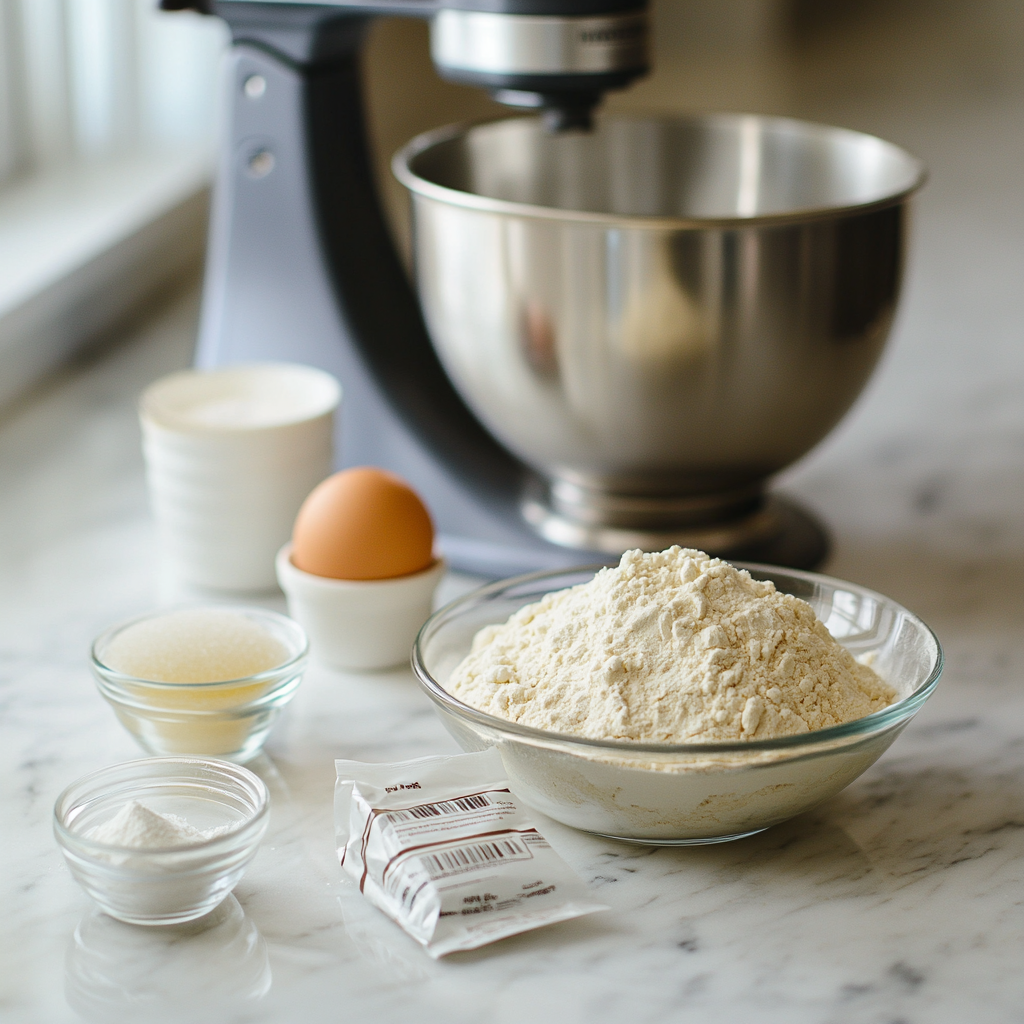
Step-by-Step Guide to Making Hoagie Rolls
Now that we’ve covered the key ingredients, let’s jump into the process of making these delicious hoagie rolls.
Step 1: Activate the Yeast
In a small bowl, combine:
- 1 tablespoon active dry yeast
- 1 tablespoon sugar
- 1 cup warm water (around 110°F)
Stir the mixture and let it sit for about 5-10 minutes. During this time, the yeast will activate, and the mixture should become foamy. This foamy texture is a sign that your yeast is alive and ready to help the dough rise.

Step 2: Mix the Dough
In the bowl of a stand mixer, combine:
- 3 cups bread flour
- 1 cup all-purpose flour
- 1 teaspoon salt
Using the paddle attachment, mix the dry ingredients on low speed until well combined. Slowly add the yeast mixture to the flour, switching to the dough hook attachment. Knead the dough on medium speed for about 8-10 minutes, or until it becomes soft, elastic, and slightly sticky. If the dough is too sticky, add more flour, a tablespoon at a time, until it reaches the right consistency.
If you’re kneading the dough by hand, transfer it to a floured surface and knead for 10-12 minutes. The dough should become smooth and elastic during this process.
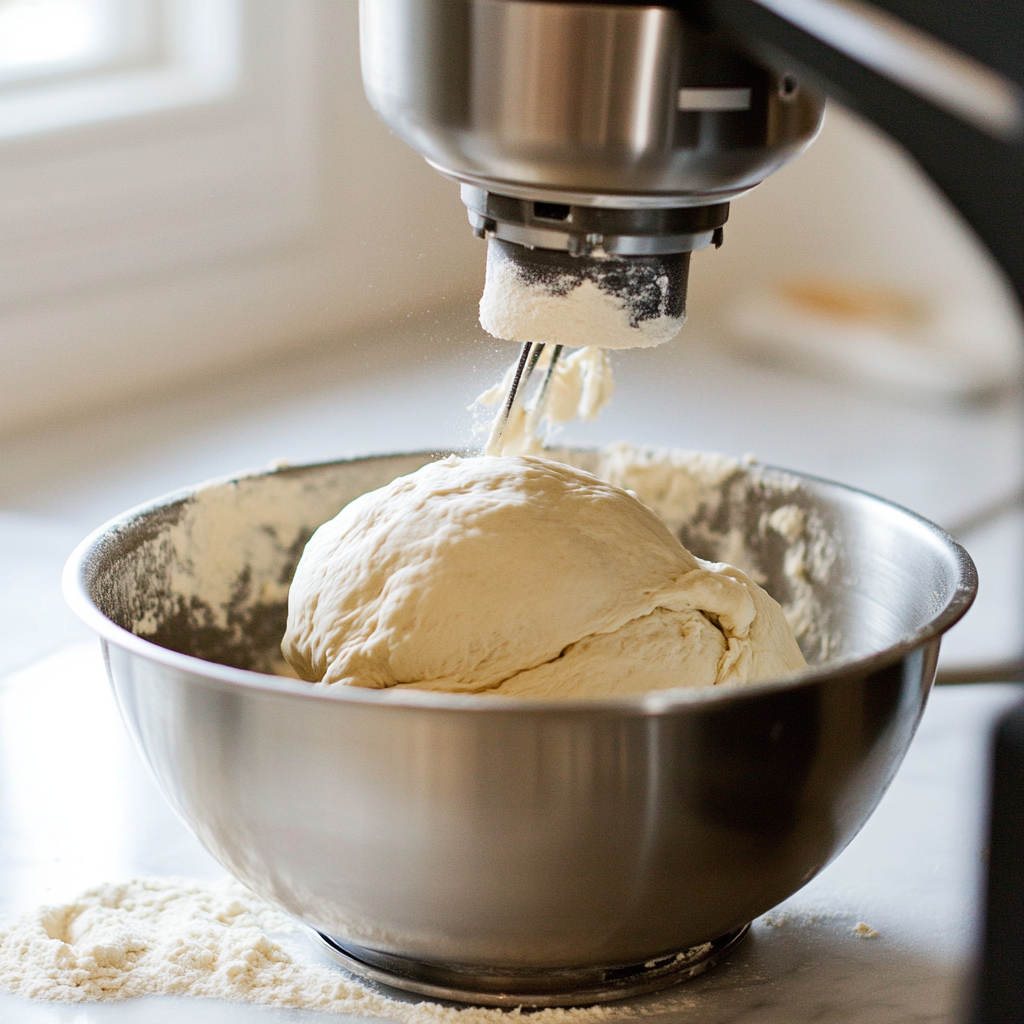
Step 3: Let the Dough Rise
Once the dough is fully kneaded, transfer it to a lightly oiled bowl. Cover the bowl with plastic wrap or a clean kitchen towel and place it in a warm spot to rise. Allow the dough to rest for about 1 to 1.5 hours, or until it doubles in size.
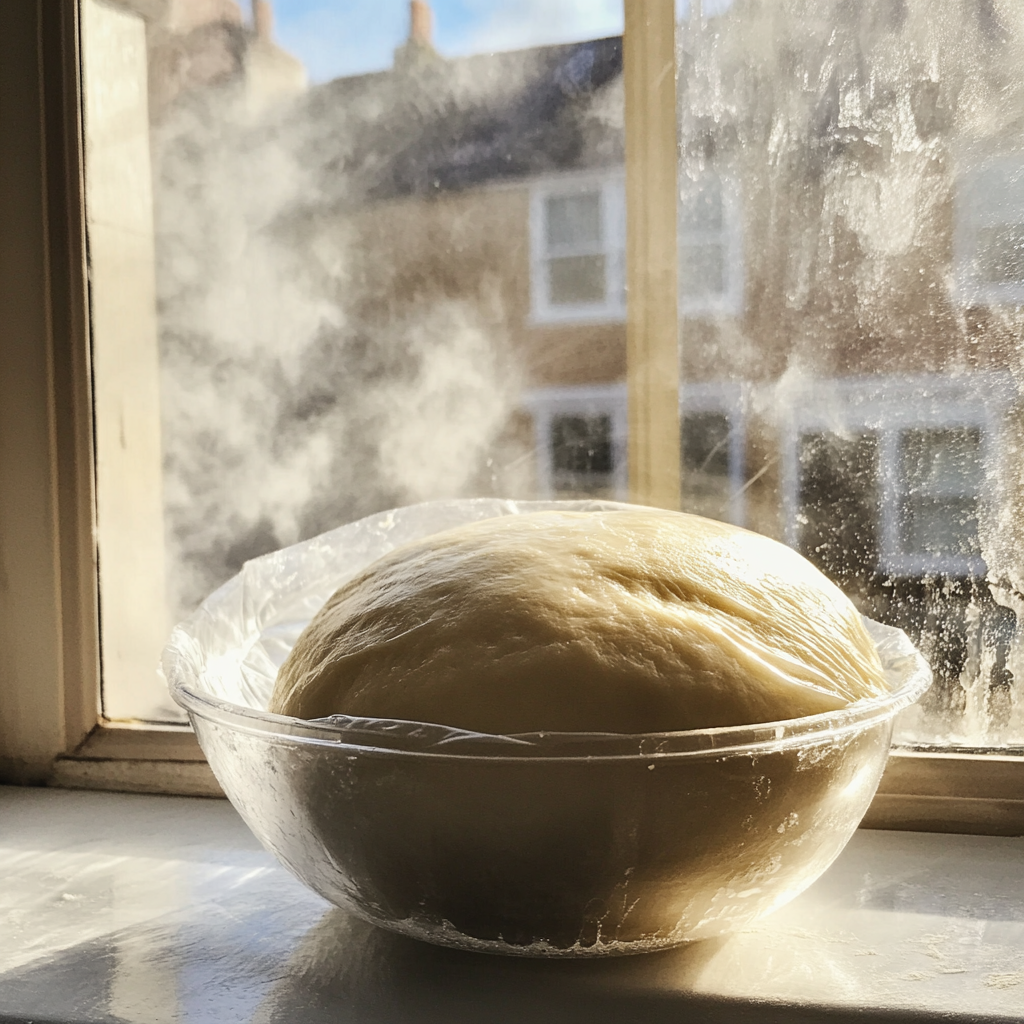
Step 4: Punch the Dough and Shape the Rolls
After the dough has risen and doubled in size, gently punch it down to release the trapped air. Transfer the dough to a floured surface and divide it into 8 equal portions. Shape each portion into an oblong roll, about 6-8 inches long, ensuring that the rolls have the classic hoagie shape.
Place the shaped rolls on a parchment-lined baking sheet, leaving space between each roll for them to rise again. Cover them with a kitchen towel and let them rise for another 30-45 minutes, or until they’re puffy.
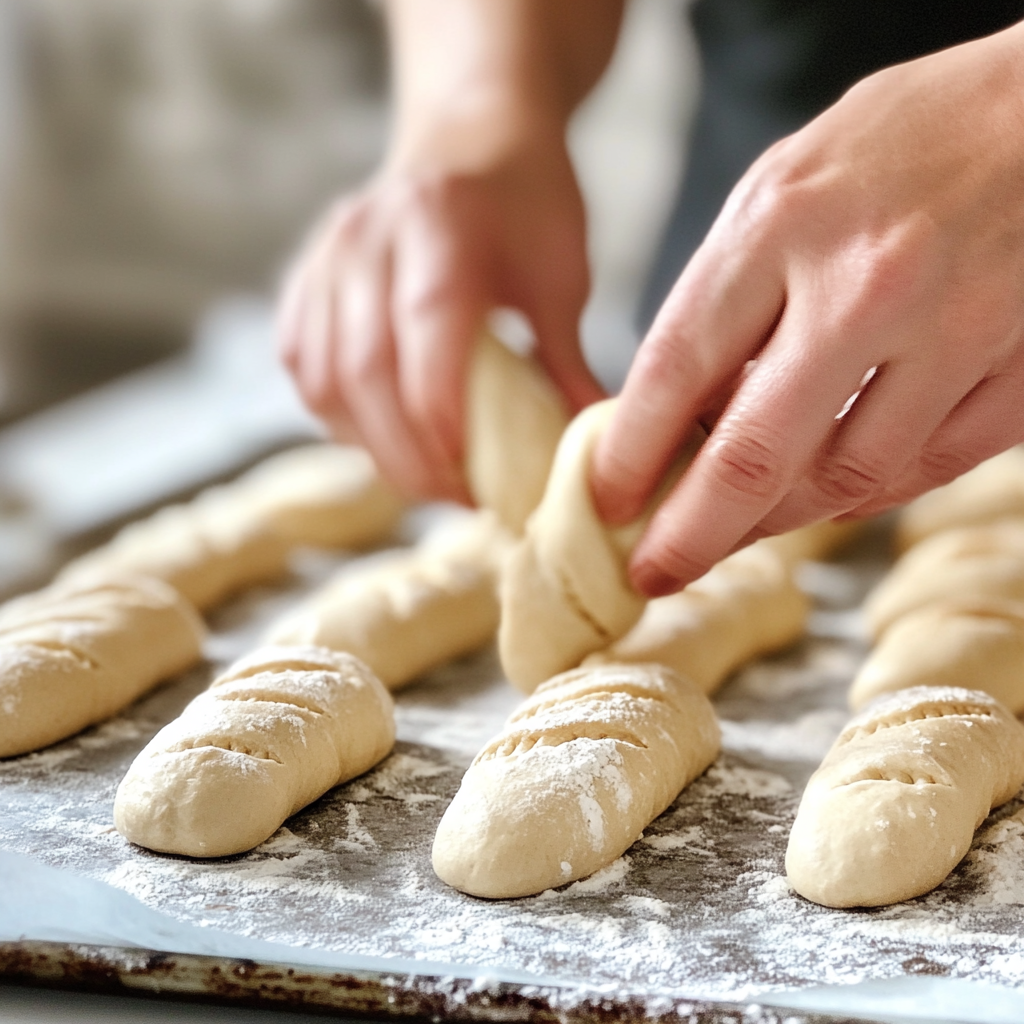
Step 5: Egg Wash and Scoring
Preheat your oven to 375°F. In a small bowl, whisk together one egg white and a tablespoon of water to create an egg wash. Brush the tops of each roll with the egg wash to give them a shiny, golden finish.
Using a sharp knife, score the tops of each roll with shallow diagonal slashes. This step helps control how the bread expands during baking and gives the rolls a professional, bakery-style look.
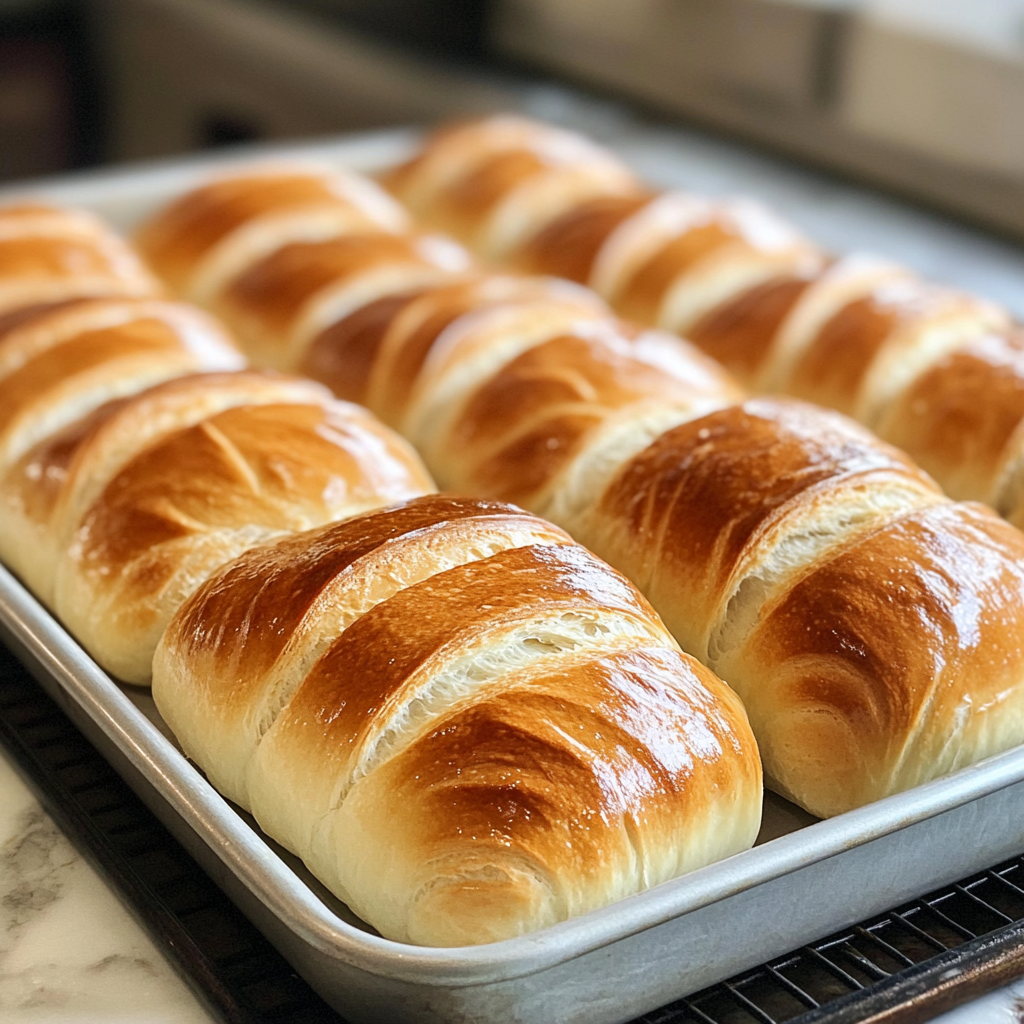
Step 6: Bake the Rolls
Bake the rolls in the preheated oven for 15-20 minutes, or until they’re golden brown and sound hollow when tapped on the bottom. To create a crispier crust, you can place a small pan of water in the oven to generate steam while the rolls bake.
Once the rolls are done, remove them from the oven and let them cool on a wire rack for at least 10 minutes before slicing and serving.
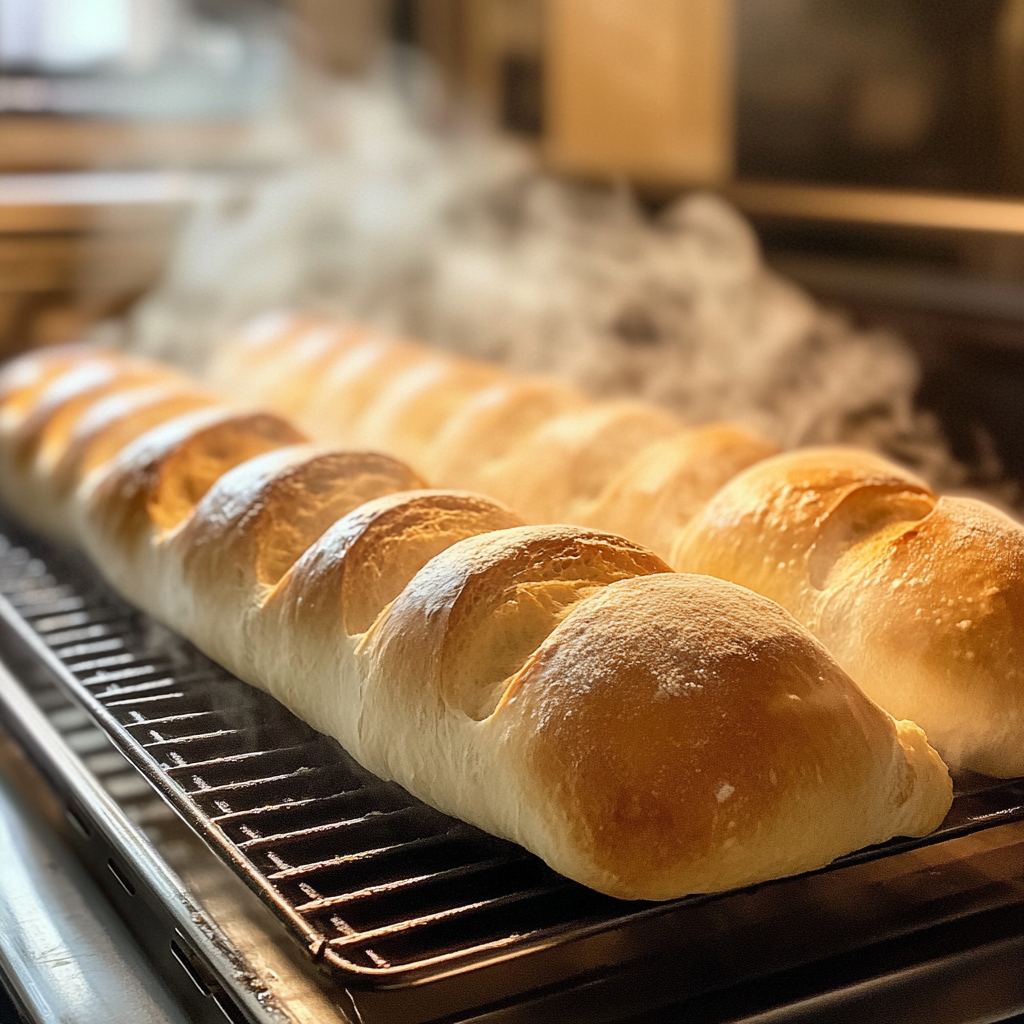
Flavor Variations for Hoagie Rolls
While traditional hoagie rolls are delicious, there are plenty of ways to customize them to suit different tastes and occasions. Here are a few variations you can try:
1. Whole Wheat Hoagie Rolls
For a healthier twist, replace half of the bread flour with whole wheat flour. This adds a nutty flavor and increases the fiber content, making the rolls more filling.
2. Garlic and Herb Hoagie Rolls
Add minced garlic and fresh herbs like rosemary, thyme, or parsley to the dough before kneading. The herbs will infuse the bread with a fragrant aroma, and the garlic adds a savory depth of flavor. These rolls are perfect for pairing with Italian meats or dipping into soups.
3. Cheesy Hoagie Rolls
If you love cheese, consider adding shredded cheese to the dough before kneading. You can also sprinkle grated parmesan or cheddar on top of the rolls just before baking. This creates a crispy, cheesy crust that’s ideal for pairing with savory fillings.
4. Sweet Hoagie Rolls
For a sweeter variation, add a tablespoon of honey or maple syrup to the dough. These sweet hoagie rolls pair wonderfully with breakfast fillings like bacon and eggs or even dessert-style sandwiches with Nutella or jam.
For more creative hoagie roll ideas, check out The Kitchen Whisperer classic hoagie rolls recipe, which offers tips on adding unique ingredients to customize the dough.
Health Benefits of Homemade Hoagie Rolls
Making your own hoagie rolls at home has several health benefits compared to store-bought versions:
1. Control Over Ingredients
When you bake at home, you control what goes into your bread. You can avoid preservatives, artificial additives, and unnecessary sugars that are often found in commercially produced rolls.
2. Customization for Dietary Preferences
Whether you’re gluten-free, vegan, or simply looking for a healthier option, homemade bread can be adapted to meet your dietary needs. For example, you can use gluten-free flour or add nutritious seeds and grains for extra fiber.
3. Better Nutrition
Using high-quality ingredients like bread flour and whole grains ensures that your hoagie rolls are more nutrient-dense. Adding ingredients like chia seeds, flaxseeds, or oats can boost the fiber content, making the rolls more filling and beneficial for digestion.
For more insights into why homemade bread is healthier than store-bought, check out The Spruce Eats’ guide on easy homemade hoagie rolls, which highlights the benefits of baking bread at home.
FAQs About Hoagie Rolls
1. Can I make hoagie rolls without a stand mixer?
Yes, you can knead the dough by hand if you don’t have a stand mixer. Simply mix the ingredients in a bowl, then transfer the dough to a floured surface and knead for about 10-12 minutes until smooth and elastic. Hand kneading requires more effort, but the results are just as delicious.
2. What’s the difference between bread flour and all-purpose flour?
Bread flour contains more protein than all-purpose flour, which allows it to develop more gluten. This gives the bread a chewier texture, making it ideal for hearty rolls like hoagies. All-purpose flour, on the other hand, results in a softer crumb.
3. Can I freeze hoagie rolls?
Yes, you can freeze baked hoagie rolls. Once they’ve cooled completely, store them in an airtight container or wrap them tightly in plastic wrap. They can be stored in the freezer for up to 3 months. To reheat, let them thaw at room temperature or warm them in the oven.
4. How do I make gluten-free hoagie rolls?
To make gluten-free hoagie rolls, replace the bread flour and all-purpose flour with a gluten-free flour blend. Keep in mind that gluten-free dough doesn’t rise as much as regular dough, so the texture may differ slightly.
5. Why do I need to score the dough?
Scoring the dough with a sharp knife allows the bread to expand properly while baking. Without scoring, the bread might burst or rise unevenly. Scoring also gives the rolls a professional, bakery-style appearance.
Conclusion
Making homemade hoagie rolls is a rewarding process that yields soft, chewy, and flavorful bread, perfect for sandwiches, subs, and more. With simple ingredients like bread flour, yeast, and egg white, you can create delicious rolls that are far superior to anything store-bought.
Whether you’re preparing a classic Italian sub, experimenting with different flavors, or serving up a Delmarva BBQ Chicken Recipe Carnivore, these hoagie rolls are sure to become a staple in your kitchen. Not only will you impress your family and friends with your bread-making skills, but you’ll also enjoy the satisfaction of knowing exactly what’s in your bread.
For more bread recipes and meal ideas, be sure to explore the other categories on MixyRecipes.com, such as breakfast, brunch, lunch, snacks, dinner, and dessert. You’ll find plenty of inspiration for your next culinary creation.

